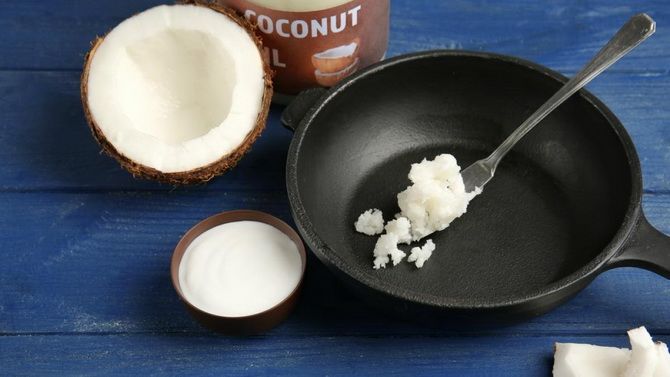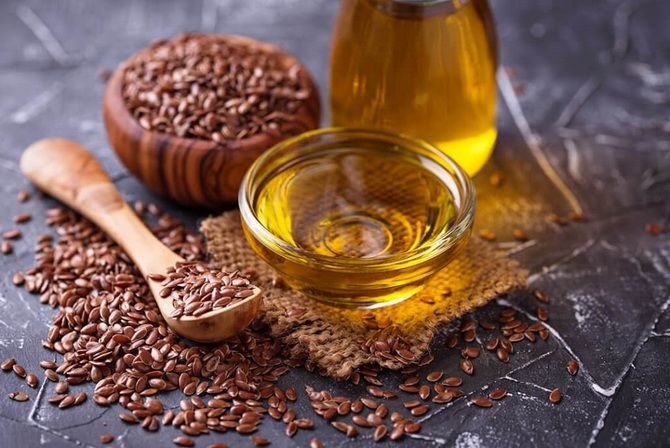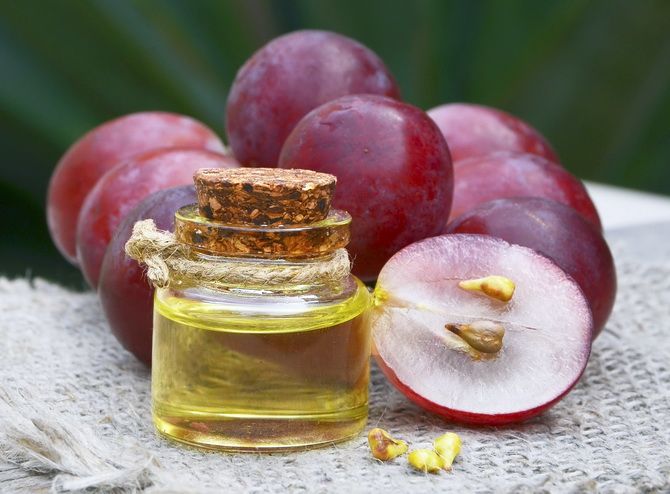Olive oil has long been the undisputed king of oils for its versatility and health benefits. But over the past couple of years, many other oils have emerged that have taken pride of place in the modern kitchen. They can be used in cooking for a variety of cooking methods. They not only improve the taste of dishes, but also allow you to stay in shape. Find out on Joy-pup about the types of oils that should make their home in your kitchen.
Rice bran oil

Rice bran oil is considered one of the healthiest oils. It contains lipoic acid, which stabilizes blood sugar levels and reduces the damage caused to the body by excess sugar. It also contains unique nutraceuticals that support proper cholesterol balance.
How to use
This oil can be used for stewing, baking, frying and grilling vegetables and meat. Due to its light nutty flavor, it can be used in salad dressings and marinades.
Coconut oil

Coconut oil is known for its cosmetic properties. But more recently, its many other benefits have been revealed. It is considered one of the most versatile oils and is used for both cooking and medicinal purposes. Coconut oil increases the metabolic rate and suppresses appetite. It has a long shelf life and is effective in treating fungal diseases such as athlete’s foot, herpes, throat infections, and ringworm. Coconut oil is rich in saturated fat – 87 g for every 100 g of oil.
How to use
Coconut oil is versatile and can be used for a variety of purposes, from deep frying to baking and making sweets and treats. Unrefined oil has a strong coconut flavor, while refined oil has a neutral flavor and aroma.
Sesame oil

The oil made by pressing toasted sesame seeds is mainly used in Asian cuisine. Since sesame oil is high in vitamins E, B6, magnesium, calcium, copper, and iron, it has many health benefits. This oil can help lower high blood pressure and cholesterol levels, and is especially beneficial for diabetics.
How to use
This oil can withstand extreme temperatures, making it great for frying, stewing, and deep-frying. The inherent nutty flavor complements all types of dishes. Light-colored sesame oil can be used for cold salads. The darker version can be used to add a nutty touch to hot dishes.
Linseed oil

Flaxseed oil has a high nutritional value and is high in omega-3 fatty acids. It aids digestion and is used in the treatment of arthritis due to its anti-inflammatory properties. Flaxseed oil has a short shelf life and cannot be used for cooking at high temperatures.
How to use
Flaxseed oil, known for its nutritional properties, should be taken raw. This product has a low threshold for high temperature cooking and should therefore be used in salad dressing or added last minute to boiled vegetables or soup. To get the most out of it, the butter should be eaten with yogurt, cottage cheese, rice, or skim milk.
Grape seed oil

Grape seed oil is clear, light, with a nutty and fruity flavor. It is used to impart a subtle flavor to various types of food. It is praised for its high content of vitamin E and omega-6 fatty acids. The oil contains natural antioxidants and increases good cholesterol levels. But it can cause allergic reactions in people who are allergic to grapes.
How to use
Like olive oil, grapeseed oil is also versatile, and can withstand high cooking temperatures. This is very handy when preparing marinades or seasonings for roasted meats, cold salads and grilled vegetables. It has a high content of polyunsaturated fats and is used in baking, as an ingredient in salad dressings and sauces.







Only registered users can leave comments